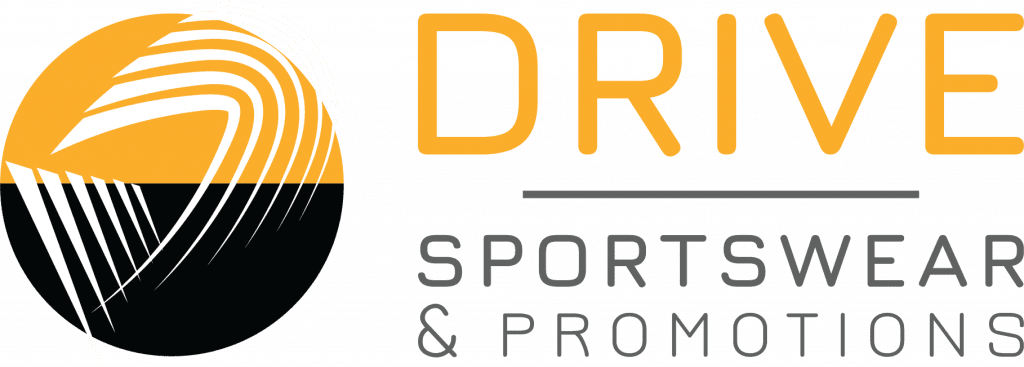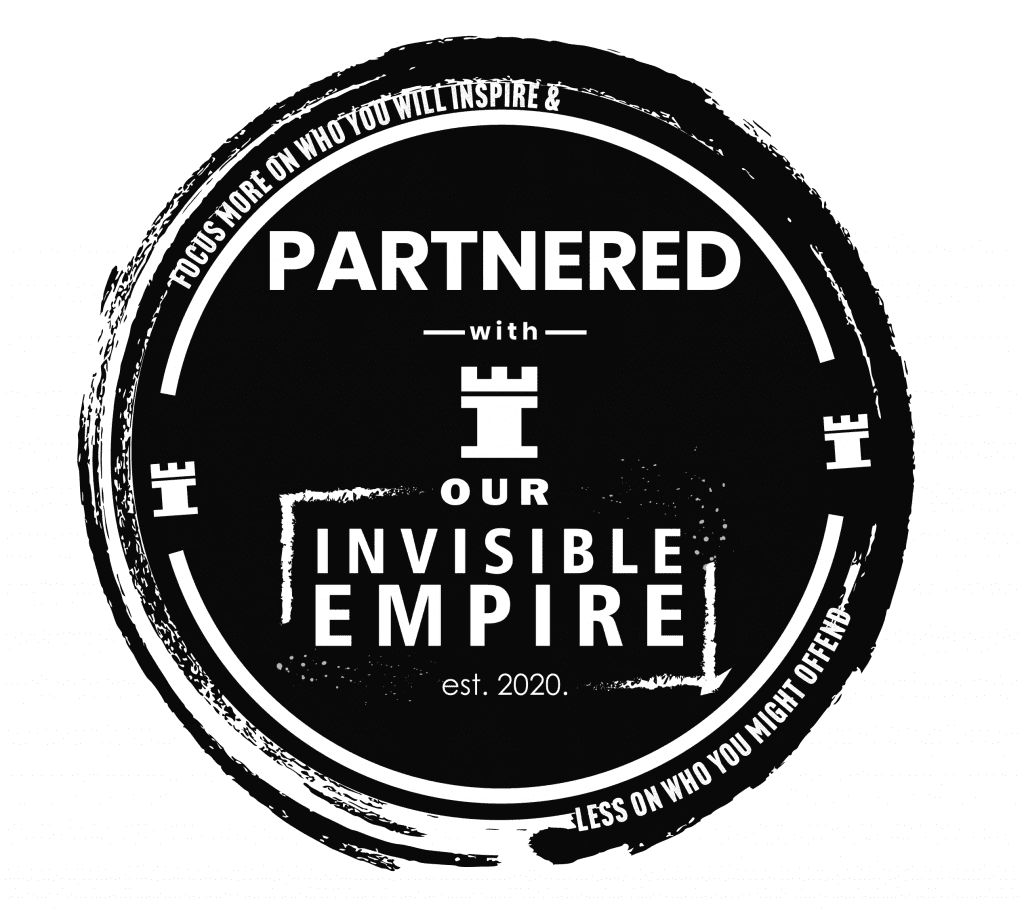In today’s competitive landscape, businesses are constantly seeking new and innovative ways to reach their target audience. While digital marketing remains crucial, promotional products can be a surprisingly effective way to cut through the noise and leave a lasting impression.
More Than Just Swag: The Benefits of Promotional Products
Promotional products often referred to as “swag,” are branded items given away to potential and existing customers. They might seem like a simple giveaway, but promotional products offer a wealth of benefits for your business:
- Brand Awareness: A well-chosen promotional product, used frequently by the recipient, keeps your brand name and logo in front of their eyes. Every time they use a branded water bottle or tote bag, they’re displaying your brand to those around them, creating a powerful form of word-of-mouth marketing.
- Cost-Effective Marketing: Compared to traditional advertising methods, promotional products are a budget-friendly way to reach a large audience. The cost per impression (CPI) – the number of times your brand is seen – is incredibly low with promotional items.
- Customer Loyalty: Promotional products show appreciation for your customers. Receiving a free, high-quality item fosters positive feelings and can encourage repeat business.
- Employee Engagement: Branded items can also be used to boost employee morale and create a sense of team spirit. Consider gifting company-logoed apparel or desk accessories to show your employees they’re valued members of the team.
- Event Success: Promotional products are a staple at trade shows, conferences, and other marketing events. Eye-catching giveaways attract attendees to your booth and provide a tangible reminder of your company long after the event is over.
Choosing the Right Promotional Products
To maximize the impact of your promotional product campaign, consider the following:
- Target Audience: Tailor your product selection to your ideal customer. A tech company might give away power banks, while a fitness center could opt for branded water bottles.
- Functionality: Choose items that people will use frequently. A high-quality t-shirt is more likely to be worn and seen than a cheaply made keychain.
- Brand Alignment: Ensure the product reflects your brand identity. A company focused on sustainability might choose eco-friendly promotional items like reusable bags or bamboo straws.
Investing in Your Brand
Promotional products are a versatile and cost-effective marketing tool that can help you achieve a variety of business goals. By carefully selecting and distributing high-quality items, you can increase brand awareness, build customer loyalty, and generate positive word-of-mouth marketing, all while staying within budget.
So, don’t underestimate the power of a well-chosen promotional product. It can be a powerful tool to help your business stand out from the competition.




